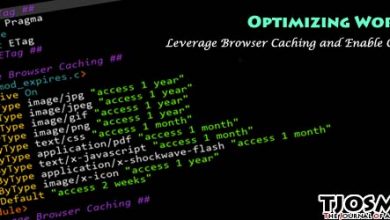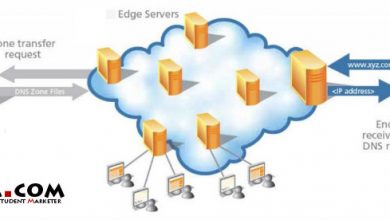When saving images, you need to analyze two things: image file format and compression. For most of us, the only two image formats that matter are JPEG and PNG. Today the two most common and most used image file formats are jpg and PNG. There are clear differences between them. You’ll need to know which to choose the file type can affect where it’s placed on your webpage. The quality of the Image at which it’s viewed and whether or not. It slows website loading times. If you want to upload animation on your website, you also want to know about GIF files. And how they differ.
JPEG
JPEG stands for Joint Photographic Experts Group. This file extension may either be JPG or JPEG. The both of extensions are the same thing, and also the files function the same way. But back in early Windows, it could only process three-letter file types. So JPEG was shortened to JPG. When you view an image on a social media platform or a website, you’re most likely considering a JPG now regarding features and benefits. They typically are used for pictures and set of graphics. JPEG images usually have smaller file sizes than PNG s, faster page load times, and just overall a better user experience. JPEG is made for pictures made of natural images, the kind you capture with a camera. The reason is that JPEG uses knowledge about how colors change across an image to describe them using less information. Complex images with sharp, artificial edges, especially text and lines, will leave distortion and blocky blurring in a JPEG.
PNG
PNG stands for Portable Network Graphic. When you see a brand’s logo on a website, you’re most likely looking at a PNG. As far as features and benefits of PNG s, they’re usually the best choice for illustrations, detailed diagrams, and app screenshots. The images are saved on a transparent background. So you could place it on your website without disturbing anything around it. PNG supports a range of colors in grayscale and fewer colors. PNG is a lossless image format. PNG is created to transfer images on the Internet, attaching to its web-friendly file size. And this is why when we take screenshots of some files, the screenshot is saved in PNG format by default. That is used, the smaller the file size can shrink. You’ll want to choose PNG over jpg in the following situations.
You need the Image to be of high quality. And you’re going to edit and save the photo multiple times. If the picture has text in it, then you want to use PNG. Because JPEG will noticeably reduce the text’s quality, finally, if you need the photo to have a transparent background, choose PNG.
GIF
GIF’s stand for graphics interchange format. GIF is limited to exactly 256 colors. When you see a short animated video that loops. You’re most likely seen a GIF. It does have a limited color range. They’re smaller than JPEGs. Because of the limited color accommodations and it does use lossless compression. So there you go, that’s JPEG vs. PNG vs. GIF.
JPEG-
- This file format is great for images when you need to keep the size small.
- A good choice for photographs.
- Not good for logos, line art, and wide areas of flat color.
PNG-
- Lossless image format.
- Excellent choice when transparency is a must.
- A good option for logos and line art.
- Not supported everywhere.
GIF-
- Great for animated effects.
- A nice option for clip art, flat graphics, and images that use minimal colors and precise lines.
- Good choice for simple logos with blocks of colors.
Now you have a good idea of when to use each file type.


